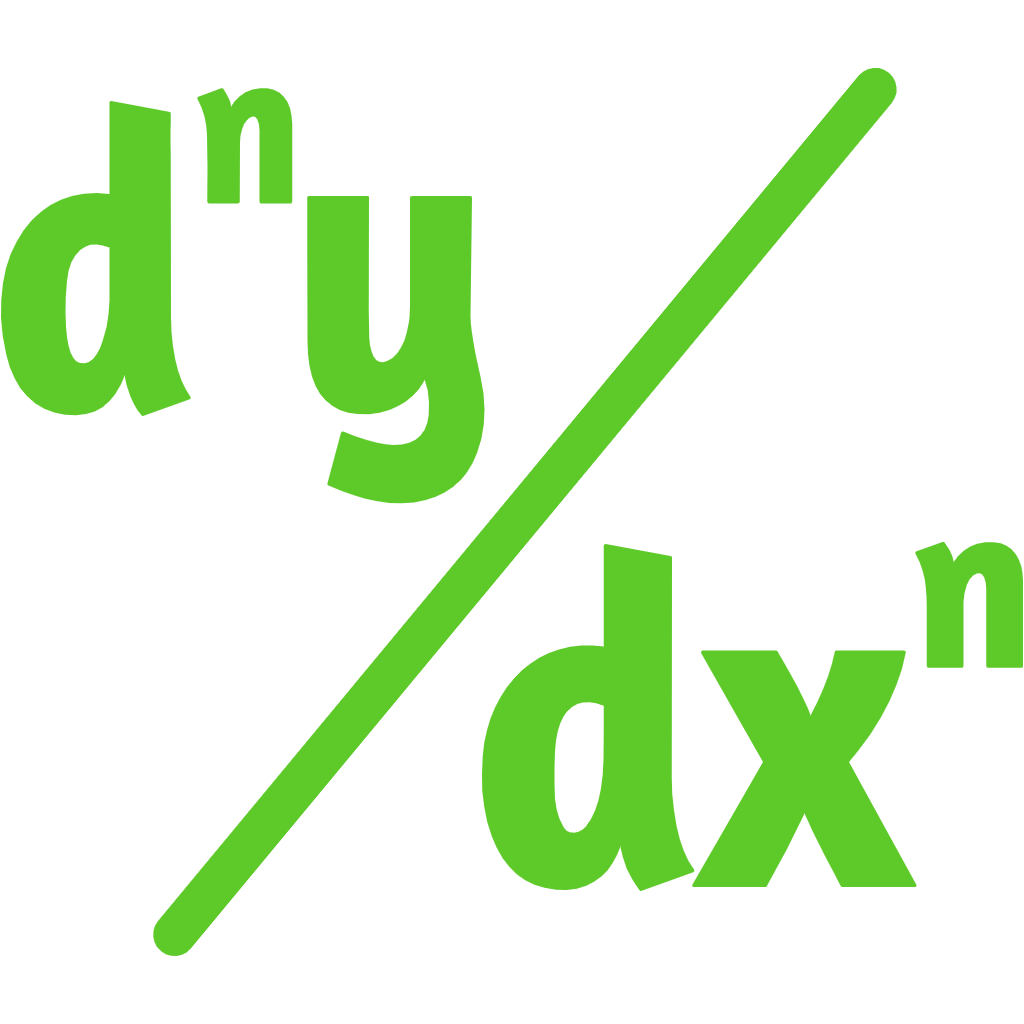Introduction to Bisection Method Calculator
The bisection method calculator is an online tool that finds a root function using the bisection method, or interval method.

Our bisect calculator determines the mid-value or bisection problems and checks the error of convergence in less than a minute.For educational purposes or deeper understanding, our calculator offer a step-by-step solution, showing each iteration of the bisection method and how the interval is refined to converge to the root.
the Bisection Method Calculator is a valuable tool for anyone needing to find the roots of a function quickly and accurately. Additionally, in calculus, when faced with indeterminate forms in limits, our L'Hôpital's Rule is a powerful tool used to evaluate limits involving functions that approach zero over zero or infinity over infinity. The l'hospital's rule calculator provides a convenient way to apply this rule and obtain precise solutions to limit problems, making it an essential tool for calculus students and professionals alike.
What is the Bisection Method?
The bisection method is a root-finding method that repeatedly bisects an interval and then selects a subinterval in which a root must lie to move for the next steps until the current root and previous root do not get the same value.
This method is useful for the nonlinearity of the function as it is a robust method that it handles lengthy numerical problems.
Related:For numerical approximation of solutions to ordinary differential equations, you can utilize our euler's formula calculator. Euler's Method, a simple yet effective numerical procedure, provides approximate solutions to differential equations by iteratively stepping through the solution curve in small increments. By utilizing this calculator, you can efficiently compute numerical solutions to a wide range of differential equations, aiding in engineering, physics, and mathematical modeling.
Formula Used by Bisect Calculator
The bisection method formula is based on two root values that give a solution of the mid value using the mean formula. The bisection method calculator mainly uses the following formula which is given,
$$ C \;=\; \frac{(a+b)}{2} $$
This formula calculates the midpoint C between two given values a and b. In the context of the bisection method, a and b represent two endpoints of an interval where a function changes sign, indicating the presence of a root between them.
Explanation:
- a and b are the endpoints of the interval.
- C represents the midpoint between a and b.
- The formula calculates the midpoint by taking the arithmetic mean of a and b, which is then used to refine the search for the root.
Additionally, When dealing with the differentiation of functions involving quotients, the quotient derivative calculator can be immensely helpful. The Quotient Rule is another fundamental rule of differentiation used to find the derivative of a quotient of two functions. By using this calculator, you can efficiently compute the derivative of quotient functions without the need for manual calculations.
Working Mechanism of Bisection Calculator
The Bisection Method Online Calculator uses a straightforward method as per the formula of the mid-value problem so that you always get the correct result when you use our tool for the calculation of numerical problems.
When you enter the input value in the calculator to solve the bisection method problems, it will analyze the given input whether the given data is given the solution or not. After identification follow the below steps so that you clearly understand the workings of the calculator.
It adds the first root in the given function and the second root in the given function so that you get the values in the form of f(a) > 0 and f(b) < 0. If its value does not match with this condition f(a) > 0 and f(b) < 0 then it supposes another value c then added into the given equation so that the given condition is followed.
The bisect calculator calculates a midpoint c using the arithmetic mean between a and b as c = (a + b) / 2. Then it evaluates the function f for the value of c.
The next root of the function is found only if the value of f(c) = 0. If (c) ≠ 0, then we need to check the sign (negative or positive). if f(c) has the same sign as f(b) has. To get the right value with a different sign and get the new value of a or b then again it follows the previous step.
In this way, our tool repeats this process again and again after you get the same value as the previous mid-value. Further, When it comes to solving differential equations numerically, tools like the heun method calculator can be invaluable. The Improved Euler Method, also known as Heun's Method, is a numerical procedure for approximating the solution of ordinary differential equations. By using this calculator, you can quickly and accurately compute numerical solutions to a wide range of differential equations.
Let's understand an example along with a solution of the bisection method to see the bisection method calculator working mechanism.
Solved Example of Bisection Problem
The bisection calculator gives you the solution of the bisection method problem in a step-by-step process. You should also be wondering how to do bisection method manually. So, here’s an example for that,
Example:
Determine the root of the following equation within the interval [2,3].
$$ f(x) \;=\; x^3 - 2x - 5 $$
Solution:
Evaluate f(a) and f(b):
$$ f(2) \;=\; (2)^3 - 2(2) - 5 \;=\; 1 $$
$$ f(3) \;=\; (3)^3 - 2(3) - 5 \;=\; 11 $$
As, f(a) = 1 and f(b) have opposite signs, so we will proceed with the bisection method,
First of all, we will calculate the midpoint:
$$ c \;=\; \frac{(a+b)}{2} \;=\; \frac{(2+3)}{2} \;=\; 2.5 $$
Evaluate f(c):
$$ f(2.5) \;=\; (2.5)^3 - 2(2.5) - 5 \;=\; -0.375 $$
As f(a) and f(c) have opposite signs, hence we will update b=2.5 and calculate the midpoint of updated interval:
$$ c \;=\; \frac{(2+2.5)}{2} \;=\; 2.25 $$
Evaluating f(c):
$$ f(2.25) \;=\; (2.25)^3 - 2(2.25) - 5 \;=\; -0.6094 $$
As f(a) and f(c) still have opposite signs, so we will update a=2.25 and continue the process until we reach the desired level of accuracy.
Continue the process iteratively until the width of the interval is smaller than the desired tolerance, or until the function value at the midpoint is sufficiently close to zero. By following these steps iteratively, you can approximate the root of the equation within the specified interval manually.
Additionally, in calculus, when dealing with the differentiation of products of functions, the product rule derivative calculator is an invaluable tool. The Product Rule is a fundamental rule of differentiation used to find the derivative of a product of two functions.
Evaluation in the Bisection Method Calculator
The Bisection Method Online Calculator has a user-friendly interface so that you can use it to evaluate the bisection questions in a few seconds.
Before adding the input value to this calculator, you must abide by some of our instructions so that you do not face any trouble during the calculation process. These steps are:
- Enter your particular bisection problem in the input box
- Add the first and second root values in its relevant field
- Add the error of convergence in the given box.
- Click on the calculate button to get the desired result of your given bisection problem
- You can try out our Bisection Calculator first for practice, then you can load example that gives you better clarity about its working process.
- Click on the Recalculate button to get a new page for solving more bisection method problems
In numerical analysis, Newton's Method is a powerful iterative technique used to find successively better approximations to the roots of a real-valued function. Our newton's method approximation calculator offers a convenient way to apply this method and obtain accurate solutions to equations without manual iteration
Output from Bisection Method Online Calculator
The bisection method Calculator gives you the solution to the bisection method problem when you add the input to it. With that, It provides you with solutions in a step-wise process in no time. It may contain as:
- Result option gives you a solution for the bisection problem
- Possible step option provides all steps of the evaluation process for the bisection method problem in detail.
Advantages of Using our Bisection Method Calculator
The bisect calculator gives you multiple advantages whenever you use it to calculate bisection problems in less than a minute. If you do the manual calculation then you cannot find the solutions to the given bisection questions during the calculation. These advantages are:
- Our tool can handle various equations like logarithmic, linear equation, quadratic, trigonometric, etc.
- It is a reliable tool as it always gives you accurate results every time with minimum error in the evaluation of bisection method problems
- Bisection calculator saves your time and effort from doing complex and long-form computations by hand.
- It is a simple design tool that helps you to operate for the calculation of mid-value problems easily
- It is a free tool you do not need to pay any fee before using our calculator
- You should use our tool to solve different examples for practice to get a strong grip on the bisection method concept.
To further enhance your understanding of the bisection method, we recommend using our tool to solve various examples and practice problems. Additionally, if you're interested in exploring other calculus concepts, you can use our composite derivative calculator for further assistance.
Why Should you Choose our Calculator?
Bisection Method Online Calculator is essential for you as a student of mathematics, engineering, or as a professional to get solutions of lengthy calculations in a few seconds. Although, It is a simple method to understand but its iteration is too lengthy and complex so there is a chance of mankind error in calculation.
Resultantly you do not get the desired result despite doing more than 15 iterations. To avoid all this mess you need a trustworthy tool where you give the input value only and it gives you results with as accurate convergence as possible as you can get from a mathematician.
Our bisection method calculator is made for you to solve multiple bisection questions without stuck in complex evaluation.
Further, for an extensive collection of mathematical tools and calculators, including derivative calculators, visit our all calculators section.





































